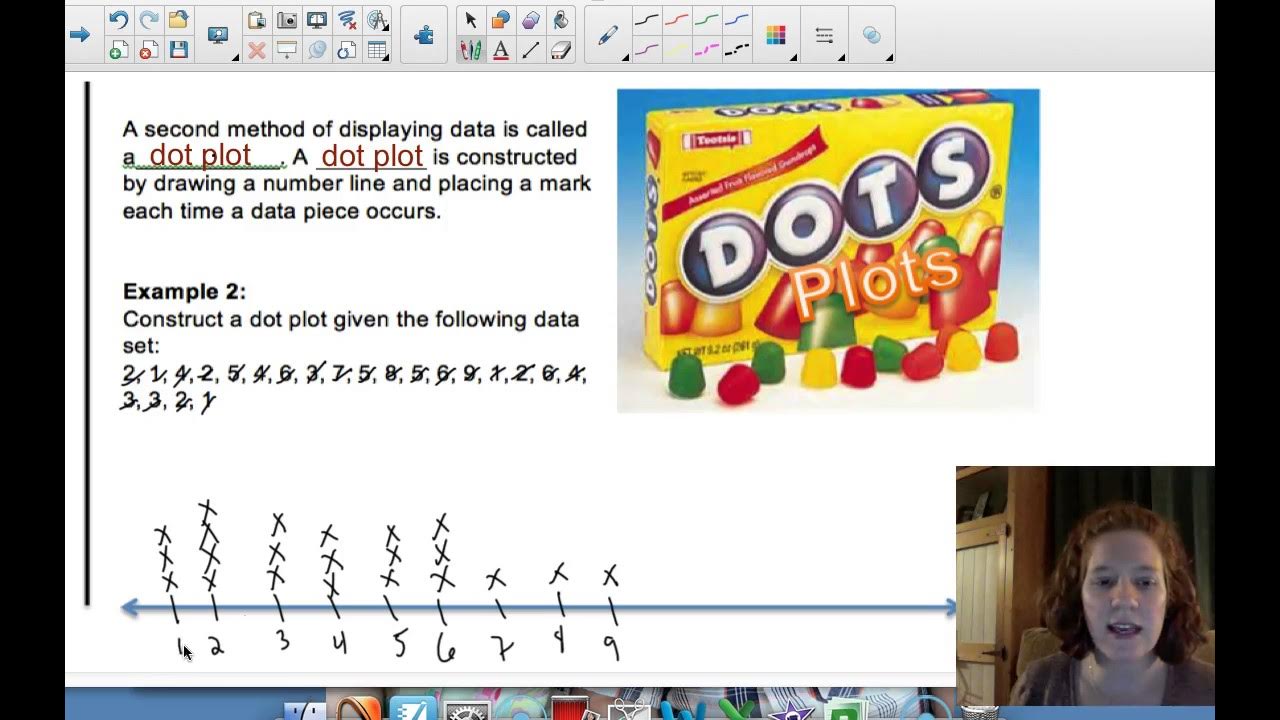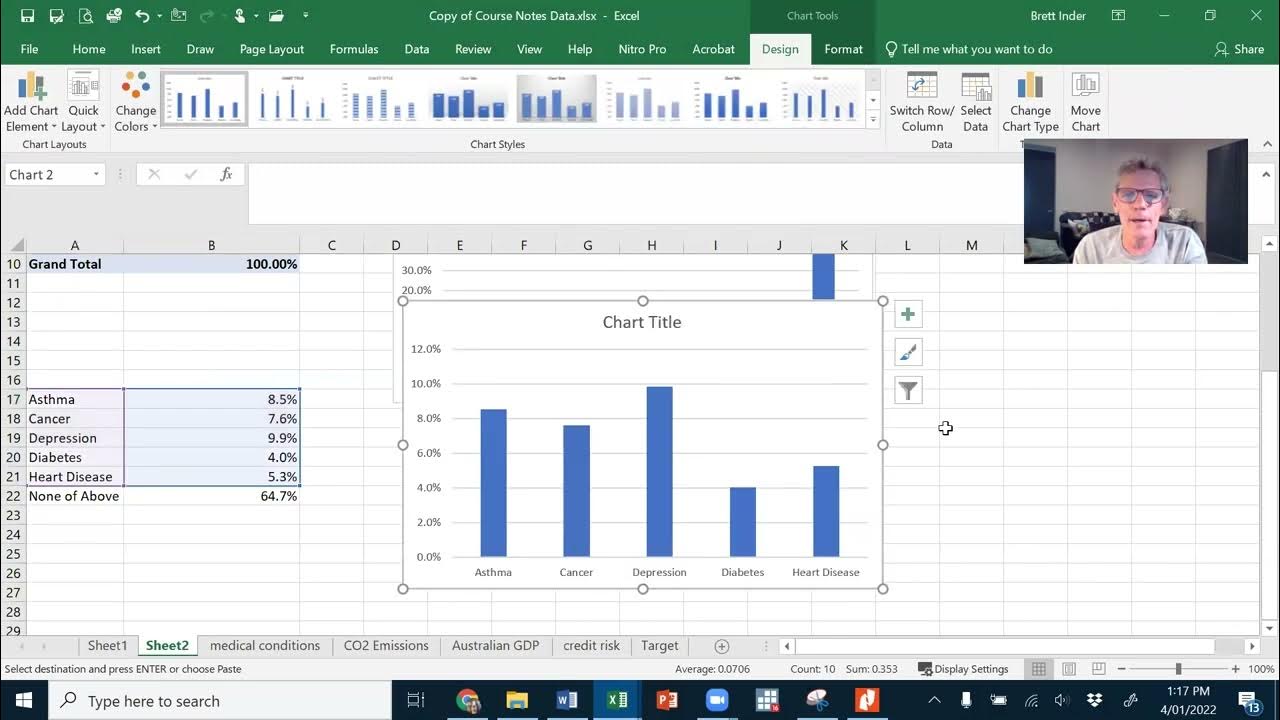Lecture 1.3 - Introduction and Types of Data - Classification of data
Summary
TLDRThe script discusses the organization and interpretation of data tables, emphasizing the distinction between categorical and numerical data. It illustrates how to categorize data into groups such as gender and weight, and highlights the importance of recognizing representative data, especially numerical values that can be quantified. The speaker also explains the concept of time-series data, showing how to track daily sales over a month and the significance of ensuring the data provided is accurate for effective analysis.
Takeaways
- 📊 The data table shows a dataset with names such as Anjali, Pradeep, Varsha, and Divya.
- 👥 The gender variable has two categories: Female and Male.
- 📈 Numerical attributes include scores like 484, 514, and 565.
- 🏥 Other variables include hospital data, and attributes such as weight, which have values like 75, 57.5, 65, and 98.
- 🗂 Data classification can be done into two main categories: categorical data and numerical data.
- 🎽 Jersey numbers can be numerical values but might not always be so.
- 📊 Categorical data involves group membership like gender, blood groups, and boards.
- 🔢 Numerical data involves quantifiable metrics like scores, averages, and purchases.
- 📅 Temporal data tracking includes daily purchases from March 1 to March 30.
- 🗂 Variables like dates and amounts sold are tracked over time to analyze sales patterns.
Q & A
What is the main topic discussed in the transcript?
-The main topic discussed in the transcript is the categorization and analysis of data, specifically focusing on the distinction between categorical and numerical data.
What are the two main types of data mentioned in the transcript?
-The two main types of data mentioned are categorical data and numerical data.
What is an example of categorical data given in the transcript?
-An example of categorical data given in the transcript includes gender, such as male and female.
What is an example of numerical data given in the transcript?
-Examples of numerical data given in the transcript include weights like 75, 57.5, 65, and 98.
What does the speaker imply about the representation of data in the transcript?
-The speaker implies that some data can be representative, especially numerical data, because they can be quantified, but sometimes they may not be present.
What is the purpose of categorizing data into two types as mentioned in the transcript?
-The purpose of categorizing data into categorical and numerical types is to facilitate better data analysis and understanding of the data's characteristics.
What does the speaker suggest about the importance of understanding the nature of data?
-The speaker suggests that understanding the nature of data, whether categorical or numerical, is crucial for accurate data analysis and interpretation.
What is the significance of the terms 'Anjali', 'Pradip', and 'Varsha' mentioned in the transcript?
-The significance of the terms 'Anjali', 'Pradip', and 'Varsha' is not explicitly clear from the transcript, but they seem to be examples or categories within the data being discussed.
How does the speaker describe the process of data analysis in the transcript?
-The speaker describes the process of data analysis as involving the examination of data tables, categorization, and the ability to discern patterns and representative values within the data.
What is the context of the dates mentioned in the transcript?
-The context of the dates mentioned, such as March 1st to March 30th, is related to the time period over which certain data, like sales or purchases, is being analyzed.
What does the speaker mean by 'variable' in the context of the transcript?
-In the context of the transcript, 'variable' refers to an element of the data set that can change, such as the amount of sales or the price at which items are sold.
How does the speaker emphasize the importance of time in data analysis?
-The speaker emphasizes the importance of time by mentioning the need to track daily sales over a specific period and how it can provide insights into data trends.
Outlines

This section is available to paid users only. Please upgrade to access this part.
Upgrade NowMindmap

This section is available to paid users only. Please upgrade to access this part.
Upgrade NowKeywords

This section is available to paid users only. Please upgrade to access this part.
Upgrade NowHighlights

This section is available to paid users only. Please upgrade to access this part.
Upgrade NowTranscripts

This section is available to paid users only. Please upgrade to access this part.
Upgrade NowBrowse More Related Video

02 Frequency Tables and Displaying Categorical Data Part I

Lecture 4.2 - Association between two categorical variables - Introduction

6 - 3 Part 1 Frequency Tables, Dot Plots, HIstograms

Teoria Informazione ITA 02: da zero ai primi strumenti non automatici di calcolo

ETC1000 Topic 1a

Statistics: Basics – Epidemiology & Biostatistics | Lecturio
5.0 / 5 (0 votes)